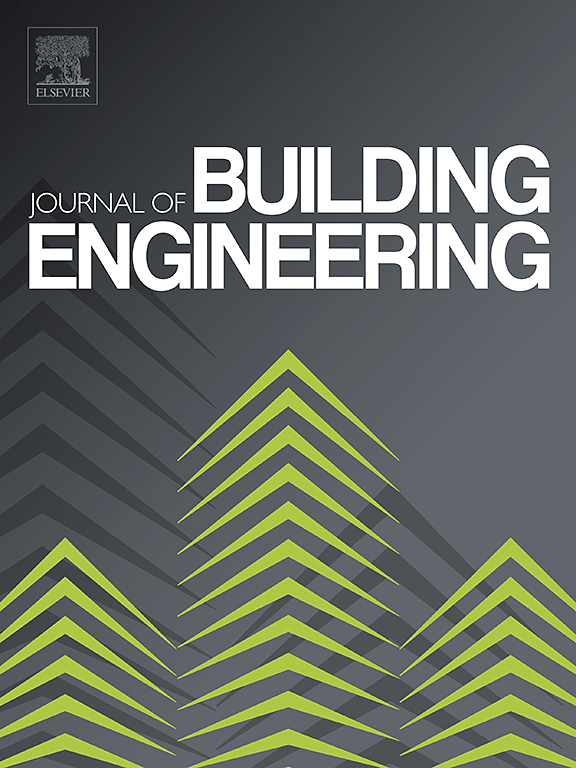Enhancement in properties of engineered cementitious composites by incorporation of bacteria cell walls
IF 6.7
2区 工程技术
Q1 CONSTRUCTION & BUILDING TECHNOLOGY
引用次数: 0
Abstract
This study proposes a novel approach to improving performance of Engineered Cementitious Composites (ECC) by utilizing bacterial cell walls (BCW). Key strategies include optimizing fiber distribution to achieve pseudo-strain hardening and controlling flowability through the incorporation of bacterial cell walls derived from Bacillus subtilis and Priestia megaterium. Laboratory investigations including flowability, compressive strength, tensile strength, flexural strength, electrical resistivity, and water absorption were conducted on ECC mixtures with and without BCW incorporation. The results indicated that incorporating bacterial cell walls led to reduced flowability, effectively mitigated bleeding and elevated the deformability factor in the ECC mixtures. Furthermore, the inclusion of BCW significantly improved ECC's compressive, tensile, and flexural strengths, accompanied by a substantial enhancement in strain capacity. In addition, BCW incorporation led to notable increases in electrical resistivity and reductions in the rate of water absorption, thereby highlighting the enhanced durability of ECC. This study underscores the potential of BCW as a promising additive for advancing the mechanical properties and durability of ECC.
本研究提出了一种利用细菌细胞壁(BCW)提高工程水泥基复合材料(ECC)性能的新方法。主要策略包括优化纤维分布以实现假应变硬化,以及通过加入枯草芽孢杆菌(Bacillus subtilis)和大肠杆菌(Priestia megaterium)的细菌细胞壁来控制流动性。对加入和未加入 BCW 的 ECC 混合物进行了流动性、抗压强度、抗拉强度、抗弯强度、电阻率和吸水性等实验室研究。结果表明,掺入细菌细胞壁会降低流动性,有效减轻出血现象,并提高 ECC 混合物的变形系数。此外,掺入 BCW 还能显著提高 ECC 的抗压、抗拉和抗弯强度,同时大幅增强应变能力。此外,掺入 BCW 还显著提高了电阻率,降低了吸水率,从而提高了 ECC 的耐久性。这项研究强调了 BCW 作为一种有前途的添加剂在提高 ECC 机械性能和耐久性方面的潜力。
本文章由计算机程序翻译,如有差异,请以英文原文为准。
求助全文
约1分钟内获得全文
求助全文
来源期刊

Journal of building engineering
Engineering-Civil and Structural Engineering
CiteScore
10.00
自引率
12.50%
发文量
1901
审稿时长
35 days
期刊介绍:
The Journal of Building Engineering is an interdisciplinary journal that covers all aspects of science and technology concerned with the whole life cycle of the built environment; from the design phase through to construction, operation, performance, maintenance and its deterioration.
 求助内容:
求助内容: 应助结果提醒方式:
应助结果提醒方式:


